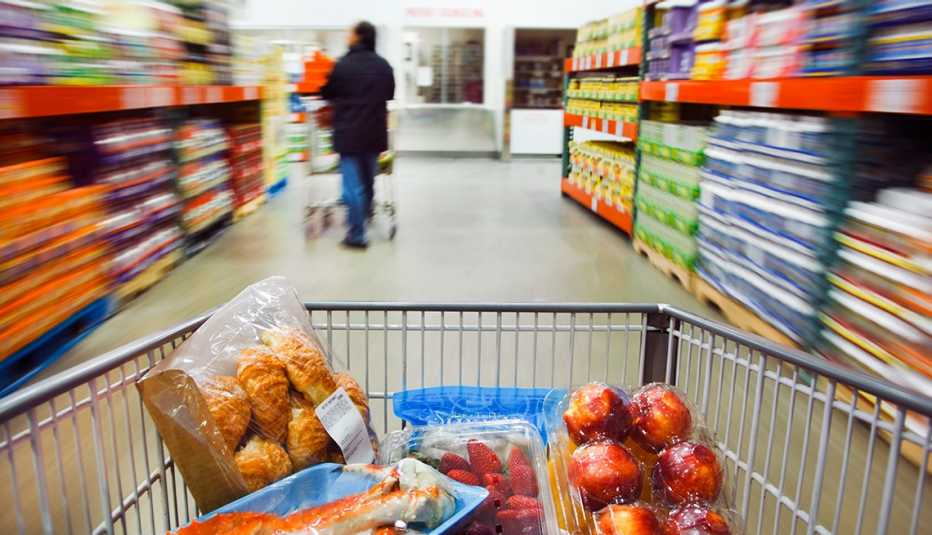Staying Fit


Myth: Shopping at a warehouse club will save you money.
Facts: Not exactly.
When you grab your jumbo cart and head into your local warehouse club, where the retailer tells you shopping in bulk will save you big bucks, you can't help but get excited by the price of pork chops.


AARP Membership— $12 for your first year when you sign up for Automatic Renewal
Get instant access to members-only products and hundreds of discounts, a free second membership, and a subscription to AARP the Magazine.
And it's true — prices on most products will be lower compared to regular grocery store prices, according to a recent report by the U.S. Department of Agriculture Economic Research Service, which analyzed purchases made by 40,000 households in 52 markets at warehouse clubs, superstores and dollar stores from 2004 to 2006. On average, you'll save 12 percent on meat, 11 percent on dairy and produce and 6 percent on grain products.
But that's an average savings. And it doesn't take into account three important factors that can actually make warehouse clubs cost you more money in the long run. A lot more.
First: where you shop. In the Baltimore-Washington area, about 90 percent of products surveyed showed lower prices at the warehouse clubs and supercenters. But in San Antonio, only 55 percent of products cost less. Why? In areas such as San Antonio with more shopping options, grocery stores offer relatively low prices in order to compete. But in sprawling urban areas, the competition isn't there to drive down grocery store prices, so the savings at warehouse stores are greater.
Second, it doesn't account for the $40 to $50 you have to pay just to walk into the door of a BJ's Warehouse Club, Costco Wholesale or Sam's Club.

































































More From AARP
Best Bargains at Warehouse Clubs
Save on prescription drugs, hearing aids, eyeglasses